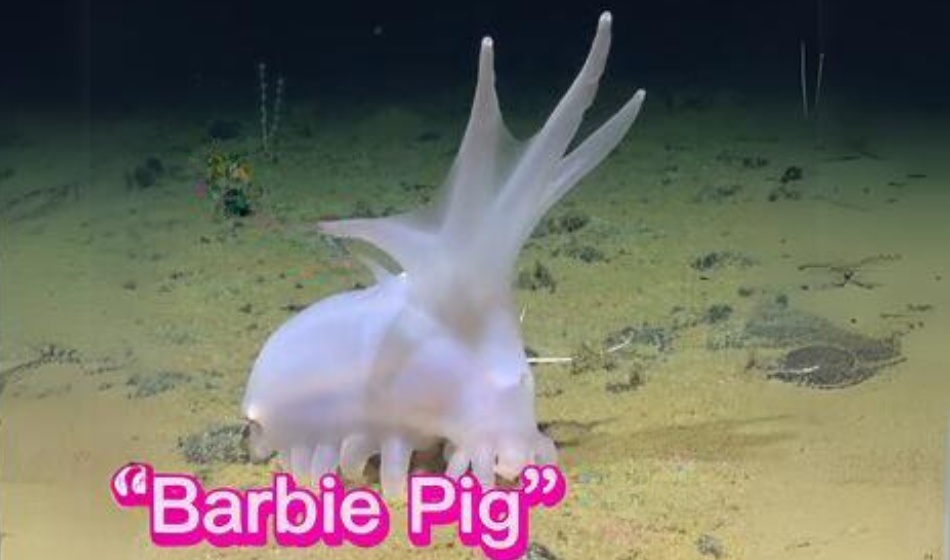The year 2024 has been transformative for deep-sea exploration, unveiling extraordinary discoveries that have expanded our understanding of Earth’s least accessible environments. Below 200 meters, where light ceases to penetrate, lies a world filled with alien and bizarre life forms that defy the imagination. World-renowned research teams conducted a series of groundbreaking expeditions that revealed an astonishing array of new species, geological formations, and ecosystems, marking a historic year for ocean science. The deep sea promises discoveries that could redefine our understanding of life on Earth.
Fun Fact: Did you know that over 80% of the ocean is still unmapped and unexplored? Every dive could lead to a new discovery, potentially revealing species that have never been seen before.
Captivating Discoveries: 100+ New Species and More
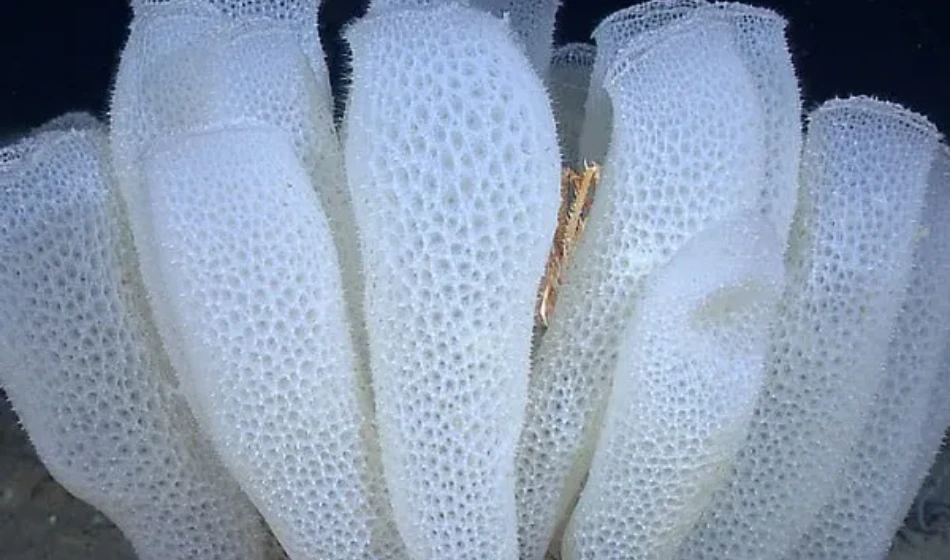
In 2024, expeditions resulted in the discovery of over 100 new marine species. These discoveries primarily occurred in remote areas off the coast of Chile. Scientists on the Schmidt Ocean Institute’s research vessel, Falkor, utilized advanced robotic technology. They mapped large areas of the ocean floor and explored seamounts formed by volcanic activity. The biodiversity in these regions was staggering. During dives, researchers cataloged deep-sea corals, glass sponges, squat lobsters, sea stars, the elusive dumbo octopus, and various crustaceans. This work provided insight into the hidden ecosystems flourishing at depths of up to 4,500 meters.
The sheer abundance of new species left scientists in awe. Dr. Javier Sellanes, one of the lead researchers, remarked that the number of species discovered “far exceeded” their expectations. This underscores the unique environmental conditions of deep-sea ecosystems. Isolation fosters an evolution of species unlike anything found in shallower waters. The team also uncovered four previously uncharted seamounts. This further demonstrates that the ocean floor remains largely unexplored and full of surprises.
The Towering Giants: Solitary Seamounts
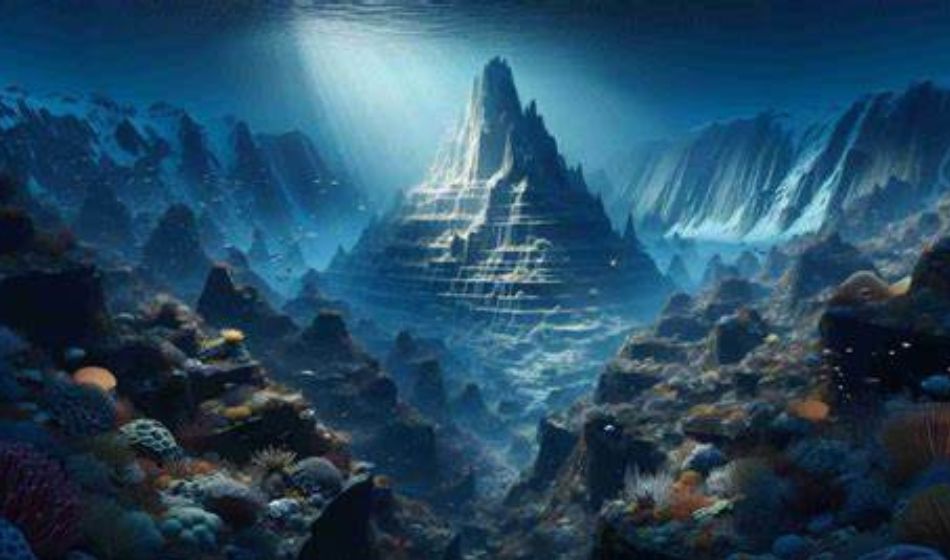
Perhaps one of the most striking geological discoveries was that of the Solito seamount, a 3,530-meter-tall (11,581 feet) underwater mountain that stands taller than the Burj Khalifa, the tallest building on land. During the expedition, a large underwater mountain and several other seamounts were mapped using multibeam sonar technology. These towering formations are rich in biodiversity and act as important habitats for marine life in the deep ocean.
Researchers charted more than 52,000 square kilometers of the ocean floor through detailed mapping, revealing four previously unrecorded seamounts. Each of these towering structures is home to a wealth of marine biodiversity, often found nowhere else on Earth.
Cold-Water Coral Reefs: Vital Ecosystems Under Threat
In addition to these species discoveries, deep-sea explorers in 2024 revealed the largest known cold-water coral reef, located off the southeast coast of the United States. Spanning an impressive 6.4 million acres, this newly mapped reef habitat serves as a sanctuary for various deep-sea organisms, including delicate corals, sponges, and rare fish species. These ecosystems are delicate and susceptible to threats like deep-sea mining and trawling.
Mysterious Encounters: The Golden Egg
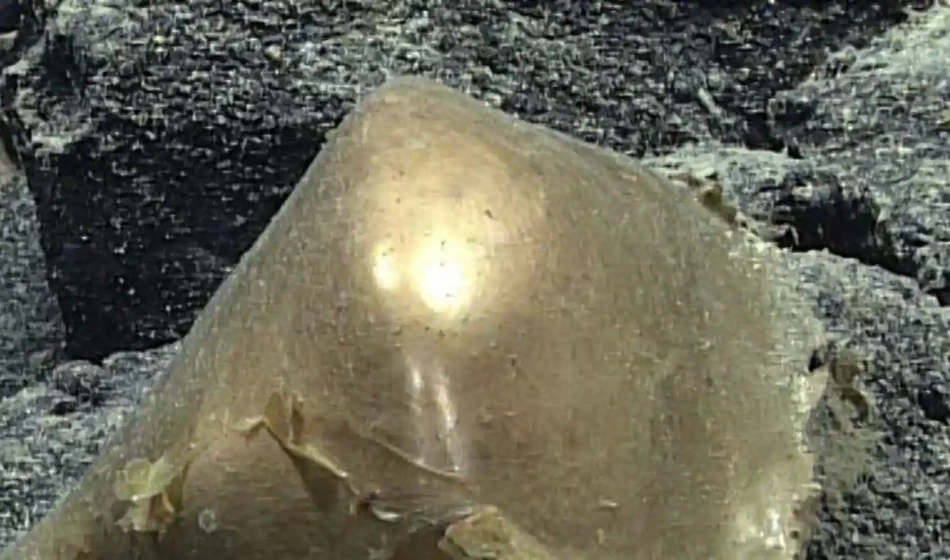
In 2024, an expedition discovered a mysterious golden-hued object resembling an egg in the Gulf of Alaska. The object, which some speculated could be a form of egg sac or marine organism, left scientists baffled and intrigued. Its golden appearance and the enigmatic environment in which it was discovered have raised questions about the deep sea’s hidden life forms. Scientists are still analyzing this find, but it has already captured the imagination of the public and further highlights how little we know about the abyss.
The Role of Technology in 2024’s Discoveries
The breakthroughs of 2024 would not have been possible without cutting-edge technology. Remotely Operated Vehicles (ROVs), equipped with high-definition cameras, sonar mapping tools, and sample collection devices, played a pivotal role in exploring previously inaccessible regions of the ocean.
The Schmidt Ocean Institute deployed the ROV SUBastian to extensively capture stunning footage of the deep sea’s biodiversity, including species never before seen by human eyes. These dives also allowed scientists to take genetic samples from newly found species, setting the stage for further research and official classification of these organisms.
Here’s how scientists are pushing the boundaries of deep-sea discovery:
- Remotely Operated Vehicles (ROVs): These underwater robots can dive to extreme depths, capturing high-definition video footage and samples. The well-known ROV, Jason, has played an instrumental role in recent deep-sea expeditions, reaching depths of up to 6,500 meters.
- Autonomous Underwater Vehicles (AUVs): AUVs are drones that navigate autonomously, mapping the seafloor and collecting data from deep-sea habitats. These vehicles can cover vast distances, helping researchers uncover new species without the need for human intervention.
- Submersibles: Manned submersibles, like Alvin and Tianzhou, have allowed scientists to directly observe life in the deep sea, providing firsthand accounts of undiscovered species.
- DNA Sampling and Barcoding: In addition to capturing video and physical specimens, scientists now use environmental DNA (eDNA) to identify organisms from the water samples. This non-invasive technique can detect traces of DNA left behind by creatures that scientists may never see.
Underwater robots allowed for precise and thorough exploration, revealing not just new species but also clues about how life adapts to extreme environments. In addition, multibeam sonar technology enabled researchers to map vast areas of the seafloor with incredible detail, revealing geological features that had never been documented
The Importance of Discovering New Marine Species
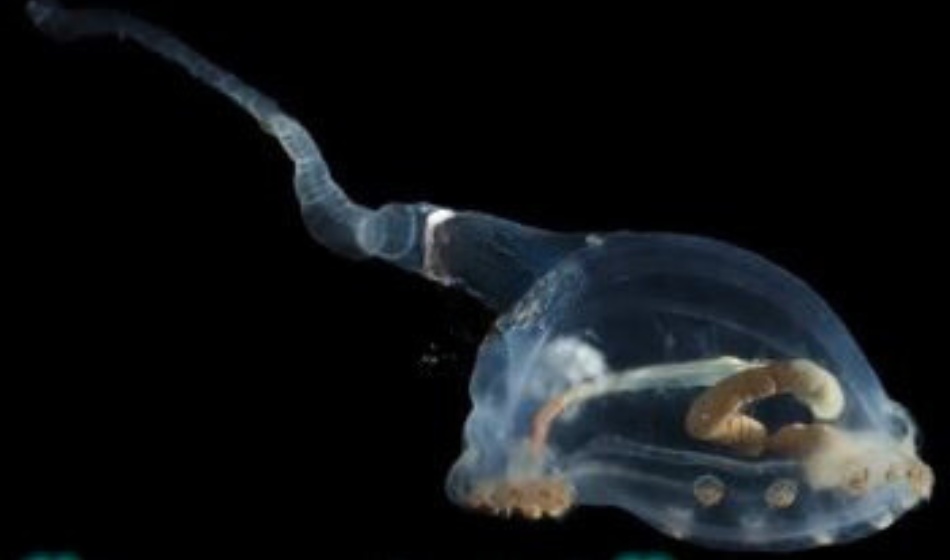
Despite centuries of scientific advancements, the ocean remains one of the least explored areas of our planet. This vast expanse contains unknown ecosystems and species that could offer new insights into biology, evolution, and medicine. Recently, biologists, oceanographers, and explorers have intensified their efforts to discover new species in the Pacific, motivated by:
- Biodiversity Hotspots: Scientists believe that the Pacific Ocean, especially its deep-sea ecosystems, is one of the richest biodiversity hotspots on Earth. They are drawn to this region, expecting to uncover new species that could explain how life can thrive in extreme conditions.
- New Medical Discoveries: Marine organisms have developed unique chemical compounds that hold the potential to transform disease treatments. The cone snail, a small predatory sea snail, produces toxins being researched as non-opioid painkillers. Additionally, compounds from deep-sea sponges are used in cancer treatments, indicating that the ocean’s unexplored depths may hold many more life-saving discoveries.
- Climate change insights: The deep-sea ecosystem acts as a significant carbon sink, storing organic matter for centuries. Recent studies indicate that deep-sea coral reefs play a crucial role in absorbing carbon dioxide, which may help mitigate climate change effects. As we discover more about these ecosystems, it becomes increasingly clear that protecting them is essential to fighting global warming.
Challenges of Deep-Sea Exploration
What Makes the Deep Pacific So Hard to Explore?
While the allure of new species discovery is strong, the challenges of exploring the deep sea are monumental. Below are some of the greatest obstacles faced by oceanographers and marine biologists:
- Extreme Pressure: As you descend deeper into the ocean, the pressure increases dramatically. At 4,000 meters, the pressure is roughly 400 times greater than at sea level, enough to crush most submarines. Specialized equipment must be built to withstand these crushing forces.
- Total Darkness: Beyond 200 meters, sunlight cannot penetrate. Deep-sea explorers must rely on artificial lighting or sensors to navigate and capture footage, which can be difficult when trying to find tiny organisms.
- Inaccessibility and Cost: The ocean is vast, and deep-sea exploration missions are expensive. The high costs of deploying submersibles, ROVs, and AUVs make regular expeditions a challenge, limiting the frequency of deep-sea species discovery missions.
- Harsh Environmental Conditions: The deep sea can be an inhospitable place, with freezing temperatures, high salinity, and low oxygen levels. Discovering life in such conditions is already challenging, but studying it poses an even greater hurdle.
Challenges Facing Deep-Sea Exploration and Conservation
1. The Dangers of Deep-Sea Mining
Deep-sea mining threatens undiscovered marine species by destroying poorly understood ecosystems. This risks the loss of species before we even identify them. Organizations like The Deep Sea Conservation Coalition call for a moratorium on deep-sea mining until its environmental impacts are fully understood. Scientists argue that the risks of deep-sea mining far outweigh the potential rewards, particularly when it comes to preserving biodiversity.
2. Climate Change: Warming Oceans and Acidification
As the climate warms and oceans become more acidic, marine species are being pushed to the brink of extinction. Some undiscovered species may already be on the verge of disappearing without us ever knowing they existed. Acidification, in particular, is destroying coral reefs home to many deep-sea creatures that haven’t yet been studied.
Governments and environmental organizations are working to create marine protected areas (MPAs) to preserve these critical ecosystems. However, without more funding and international cooperation, these efforts may not be enough to protect deep-sea biodiversity.
What Could Still Be Out There? The Future of Deep-Sea Exploration
As technology advances, we are on the verge of making some of the most significant biological discoveries in human history. While we’ve only scratched the surface of what the deep Pacific holds, future exploration could lead to the following revelations:
- Alien-Like Creatures: With so much of the deep ocean still uncharted, scientists expect to find even more alien-looking organisms, especially as they explore uncharted trenches and abyssal plains.
- Ancient Life Forms: The deep sea could harbor “living fossils,” species that have remained unchanged for millions of years, providing a window into Earth’s past.
- Potential Cures and Medical Breakthroughs: The biochemical adaptations of deep-sea species hold enormous promise for future medical research. From cancer treatments to regenerative medicine, these creatures may one day offer cures to some of humanity’s most persistent diseases.
Conclusion: The Future of Marine Discovery
The ocean remains a largely uncharted realm, filled with life forms that challenge our understanding of biology and evolution. Every time a new marine species is discovered, it enhances our understanding of nature. It also highlights the critical importance of protecting vulnerable ecosystems.
As technology advances, public interest in marine conservation increases. We are on the verge of discovering the ocean’s deepest secrets. However, these discoveries come with a responsibility. We must work to preserve deep-sea habitats. They support the diverse life on Earth.
Undiscovered marine species are more than just scientific curiosities; they are vital pieces of our planet’s complex puzzle. And by diving deeper into the ocean, we are not only finding new species but also learning how to protect the very systems that sustain life on Earth.

